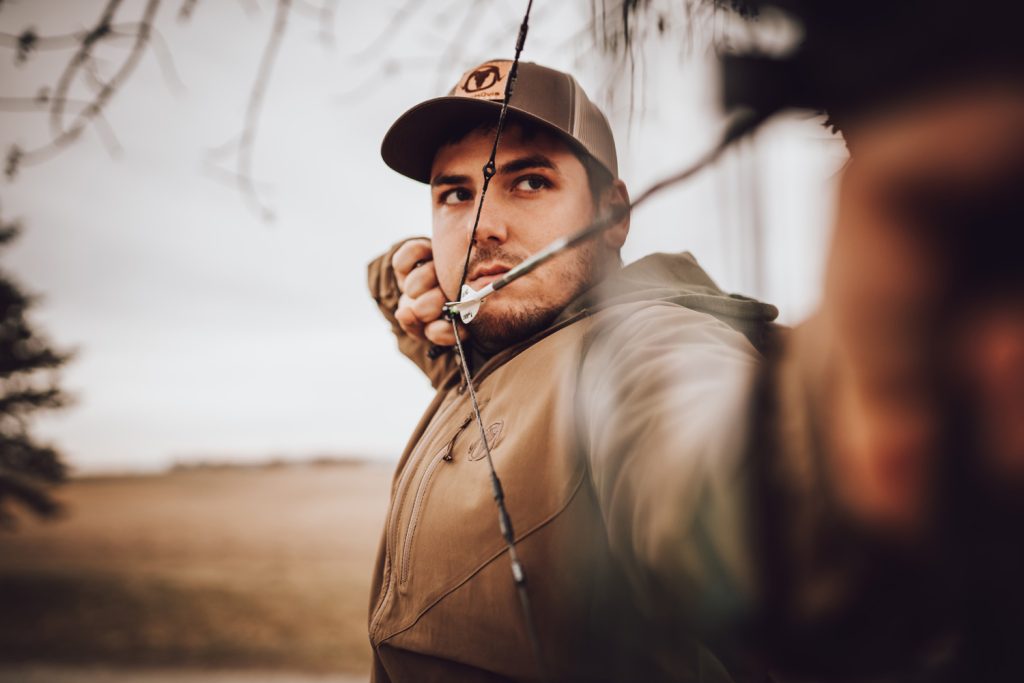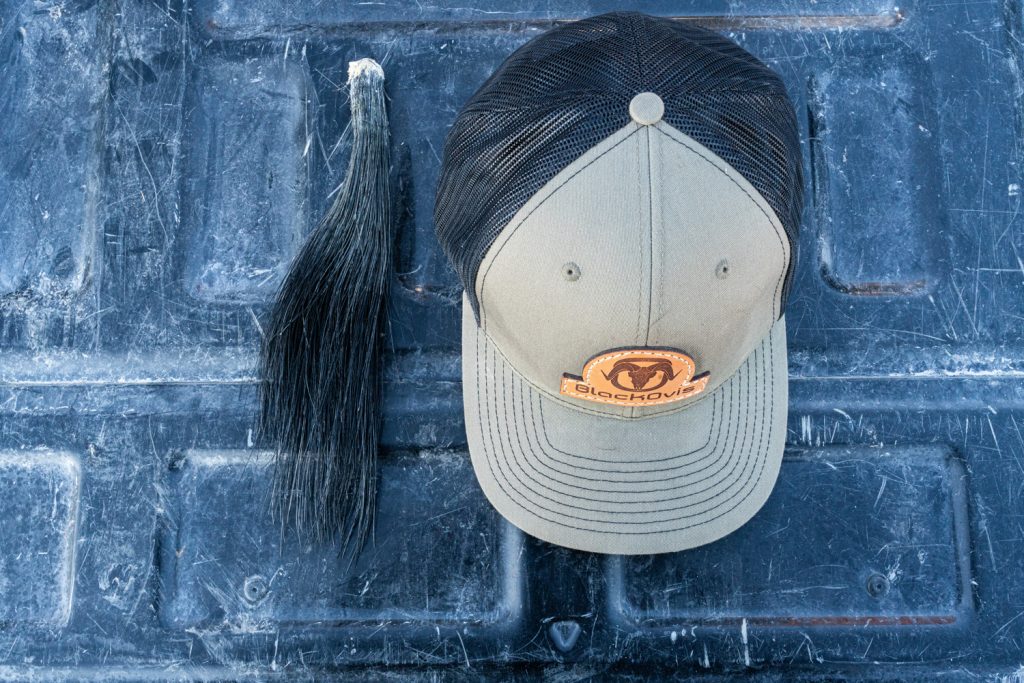Turkey Hunting Checklist

It’s March and by now you have probably experienced some warm spells that have sparked your interest for the spring endeavors that are to come. Here in Iowa we have experienced some 50 and 60 degree temperatures in the later parts of February and it definitely has a lot of outdoor enthusiasts chomping at the bit. In Iowa, spring time means a few different things. There are a few favorites to partake in, such as shed hunting, morel hunting, and of course turkey hunting.

Just like any other season, it never fails that it comes and goes faster and faster every year. With turkey season fastly approaching after a long winter, it can be easy to forget some things, especially after a long fall hunting season. I am going on my 4th year of turkey hunting in my home state of Iowa. I was fortunately introduced to it by a close friend and have been hooked ever since. I definitely don’t consider myself a pro turkey hunter, but like anything else I have learned a lot each and every year. Now I will give you a quick runthrough of my turkey hunting checklist to have you prepped and ready for the upcoming season.
1. Renew your hunting license for the year and have all appropriate tags/permits.
This might seem like a silly thing to remember, but sometimes it can be easy to forget. Make sure to be aware of the rules and regulations in case there has been any changes made to your state or hunting zone.

2. Have the appropriate ammunition or arrow setup.
If you are using a shotgun, make sure you pick an ammunition that fits your gun and your hunting style. There are many types of ammunition today and they have changed so much over the years. With the right choke and ammunition, some guys are able to reach out to the 50-60 yard range.
If you plan on hunting with a bow, make sure you have practiced with your hunting setup. Turkeys are pretty tricky to hunt, especially with a bow. The vitals are not very big so being as accurate as possible will greatly increase your chances.

3. Check over your gear and make sure you have everything you need in advance.
Make sure you look over all your hunting from the fall season. It’s easy to toss everything in the closet and forget about it until the night before the season. If you plan on using decoys make sure you get those out in advance. It’s a good idea to clean them up and practice setting them up just to stay sharp. Knowing your equipment and how to use it before entering the field will increase your chances of a successful harvest.

4. Practice your calling
Calling is not required for turkey hunting, but if you plan on using a call practice, practice, practice! If you have experience using a call, it’s generally not too difficult to pick it up quickly again. The last thing you want to do is head to the woods without practicing with that diaphragm call. Believe me because I’ve done it. Whether it’s a box call, diaphragm call, slate, or any other type of call.

5. Know your area and where the turkeys are
Turkeys are like many other animals, they require food, water, and cover. Here in the midwest turkeys have access to all of those resources almost everywhere. Crop fields, timbers, and river bottoms are here, there and everywhere. Scout for tracks along field edges or just inside wooded areas along fields or pastures. Turkeys like to roost in wooded areas and make their way out into open fields to feed. If you already know where turkeys may be hanging out, the best thing you can do on opening morning is just use your ears. I’ll never forget my first morning when I asked “How do we know where to hunt for these turkeys?”. Right before the sun comes up, the gobbles fill the air. It’s one of the coolest things in the world to me until this day.

IN conclusion...
Some of these things I went over might seem cliche or super basic, but the more I learn about turkey hunting the easier it seems to get. Like anything else, you can only control the things you do. If the animals aren’t cooperating for whatever reason, that’s not your fault and you need to know that. Turkeys can be the easiest or the hardest animal to kill. In a picture perfect world you set up your decoys 100 yards from the roost and call them in when they fly down. Doesn’t always work that way. Sometimes they fly down but don’t want to respond to calls and just do their own thing. Two hen decoys may not be enough to get them fired up. Sometimes it takes a jake or tom decoy to bring them in. Each and every bird is different and so much of it comes down to the luck of being in the right place at the right time. My favorite thing about hunting turkeys is how one day can be incredibly hard and the next can be incredibly easy. Turkeys are super vocal, and to me that adds a lot of excitement to the hunt.
